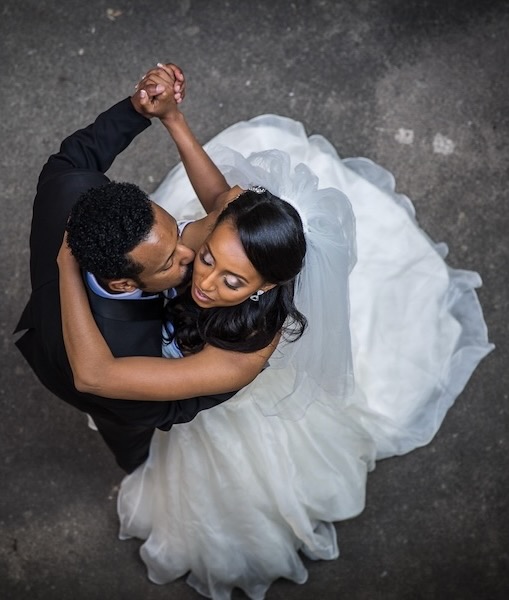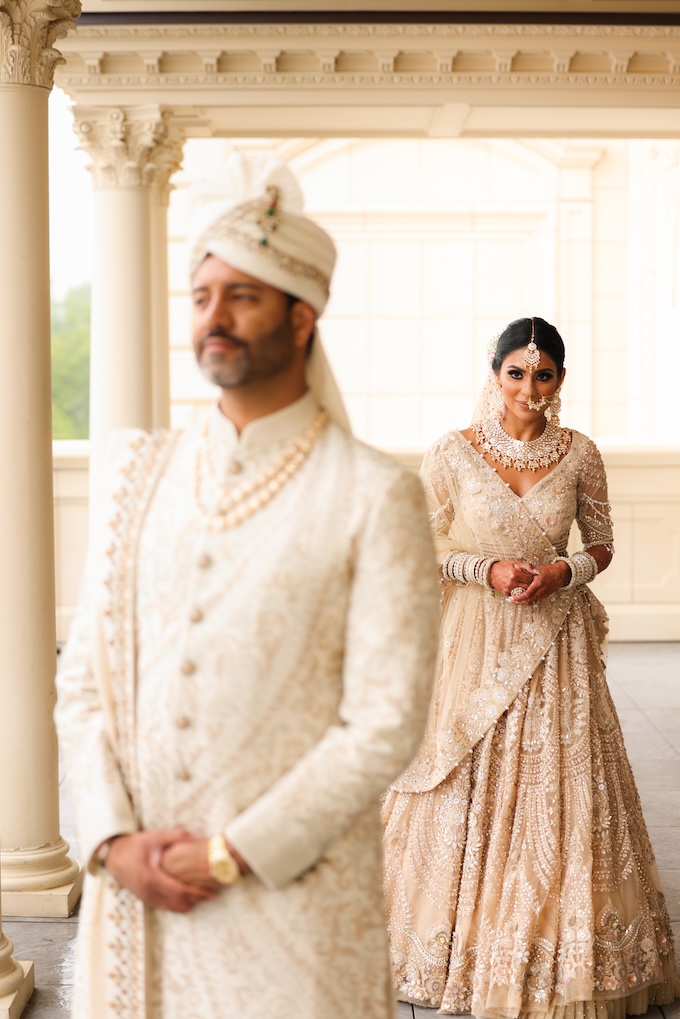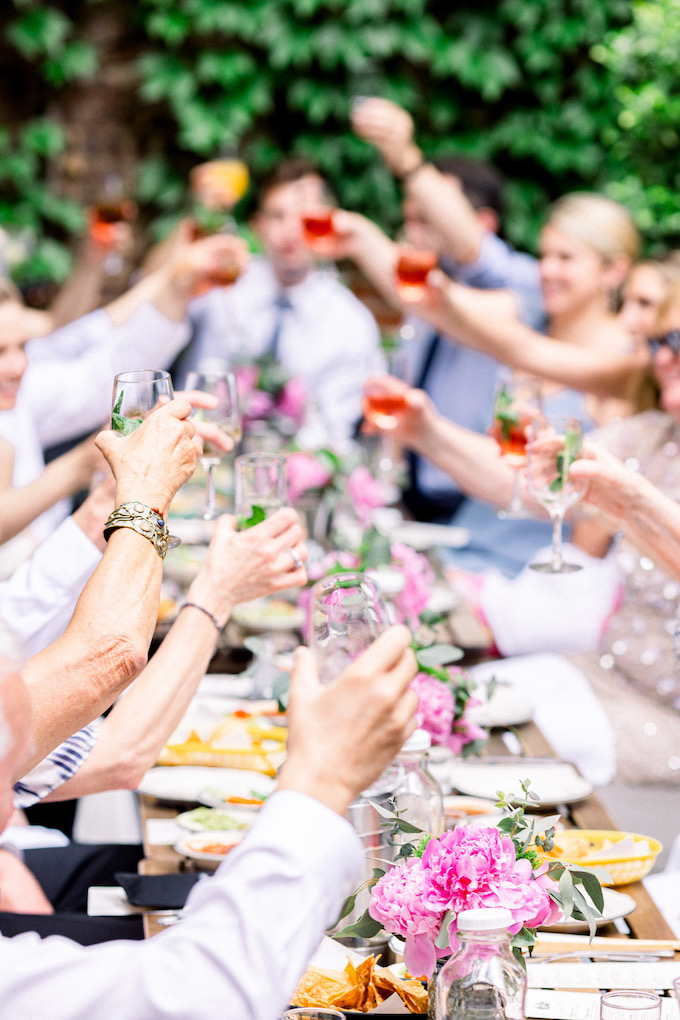Weddings
This month, we introduce a new feature that focuses on specific cultural ceremonies and their vital counterparts that you don’t want to miss capturing. Up first: Chinese weddings.
If you are a wedding photographer who is interested in tapping into an international market, you need to first do your research to build a mental checklist of all the different cultural rituals and ceremonies that are most likely involved. Take the Chinese wedding market, which I primarily cover, both in the U.S. as well as in China. Before embarking on covering a Chinese wedding, study the culture and everything important that takes place before the wedding even occurs. Here are my top seven images you have to make sure to cover before and during the wedding.

1. Pre-Wedding Photos
In the modern days of Chinese wedding photography, the couple usually has an elaborate Pre-Wedding photo session already done before their wedding day. These pictures will be taken around the world, often at popular tourist sites—Paris, Italy, Iceland, San Francisco, Las Vegas, New York—and the more elaborate and glamorous the better. These are similar to engagement photos, but the couples will be wearing either wedding attire or luxury clothing and be photographed in exotic locations. Chinese couples are willing to pay substantially to get these photos done, the majority of which are then displayed all over the wedding venue.

2. Hair-Combing Ceremony
The hair-combing ceremony is a tradition that symbolizes the coming of age and entrance into adulthood of both the bride and groom. This ceremony is always performed the night before the wedding, and before it can take place, both the bride and groom must first cleanse their body by bathing in water with pomelo or pomegranate leaves to ward off evil spirits. After bathing, they change into new clothing (typically red pajamas) and the bride must then sit in a room facing the window where the moon is seen (or in front of the mirror), while the groom must sit facing the inside of the house. A woman of good fortune must be the one to perform the combing ceremony. The hair is combed four times, while these four lines are recited simultaneously:
• May your marriage last a lifetime.
• May you be blessed with a happy and harmonious marriage until old age.
• May you be blessed with an abundance of children and grandchildren.
• May you be blessed with longevity.
After this, the bride and groom must eat glutinous rice balls that symbolize that they will have a happy, complete and lasting marriage.

3. Traditional Chinese Wedding Dress or QUN KWA (횐밉)
Unlike the Western wedding gown, which is white, Chinese brides wear a traditional wedding dress called the Qun Kwa. It is a two-piece loose jacket and skirt in striking red to symbolize luck and happiness. Qun Kwa is usually embroidered with a dragon and phoenix down the front. The dragon represents the male while the phoenix represents the female. Having them side-by-side symbolizes the perfect balance of the yin and yang of the bride and groom.
Nowadays, most brides usually wear this attire for just a few hours, during the morning “picking of the bride” session and during the tea ceremony as the traditional Chinese wedding dress blends in perfectly with the traditional ceremony of respect.

4. Door Games
Once the groom and his groomsmen arrive at the bride’s house, their torture will begin! The guys will be expected to participate in “door games” organized by the bridesmaids. There will be multiple challenges before the groom can be allowed inside the house to collect his bride. Some of these games are quite PG-13 but also humiliating. Some examples include making the men wear diapers, drinking disgusting mixed drinks and licking whipped cream off each other’s toes.
When the groom surpasses all the tests and finishes all the door games, the bride finally comes out of the room and starts the tea ceremony with the bride’s parents and relatives.

5. The Chinese Tea Ceremony
This is the most important wedding tradition in Chinese culture because it’s when the bride and groom pay respect to their parents and other elders, and express their gratitude for the many years spent under their wings, so to speak. First, the couple will serve tea to the bride’s parents, followed by the bride’s other family and relatives. After this, the bride will step out of the house while a bridesmaid holds a red umbrella over her head. Then they get into the car to travel to the groom’s house and proceed to do the same tea ceremony with the groom’s parents and relatives.

6. Red Umbrella
In Chinese culture, an umbrella is not always used for the rain. In this case, the red umbrella is meant to shelter the bride as she is leaving the house to go to the groom’s residence. This ritual is meant to protect the bride from evil spirits that may be watching the house.

7. Color
When it comes to color, its role in Chinese weddings is very different from that of Western weddings. Here are a few key examples: Gold means wealth and fortune. Red corresponds to fire, which symbolizes good fortune and joy. This is why most of the decorations at Chinese weddings are generally in red, and so is the bride’s dress. White is actually not a good color for a Chinese wedding because it’s commonly associated with funerals. Dark colors, such as black, gray and dark blue, are also best avoided in a Chinese wedding.
Jeremy Chan is a Microsoft-sponsored photographer and art director of Bridal Artisan Photography and has been in the graphic design industry for more than 17 years. He is best known for his signature photo retouching skills and over time has become a renowned Photoshop retoucher. He also specializes in international pre-wedding sessions.
Related: The Destination Wedding Trends of 2019: Personalizing a Couple’s Day
Learning to Embrace Her Heritage, One Wedding Photographer Calibrates Her Brand to Diverse Couples
How to Get Work With the Wedding Planner of Your Dreams





